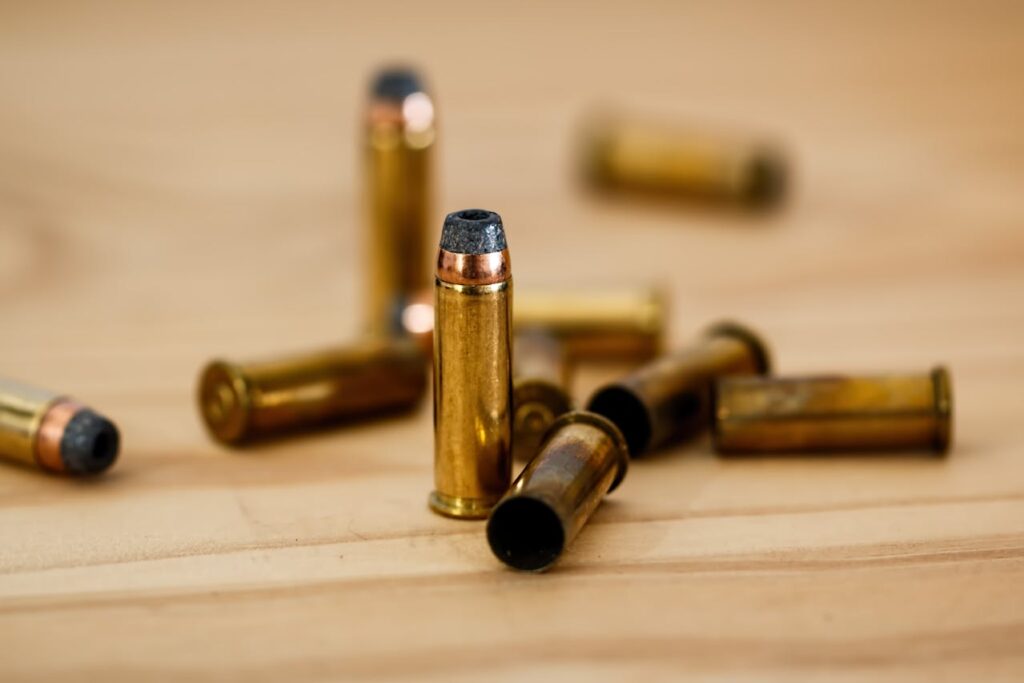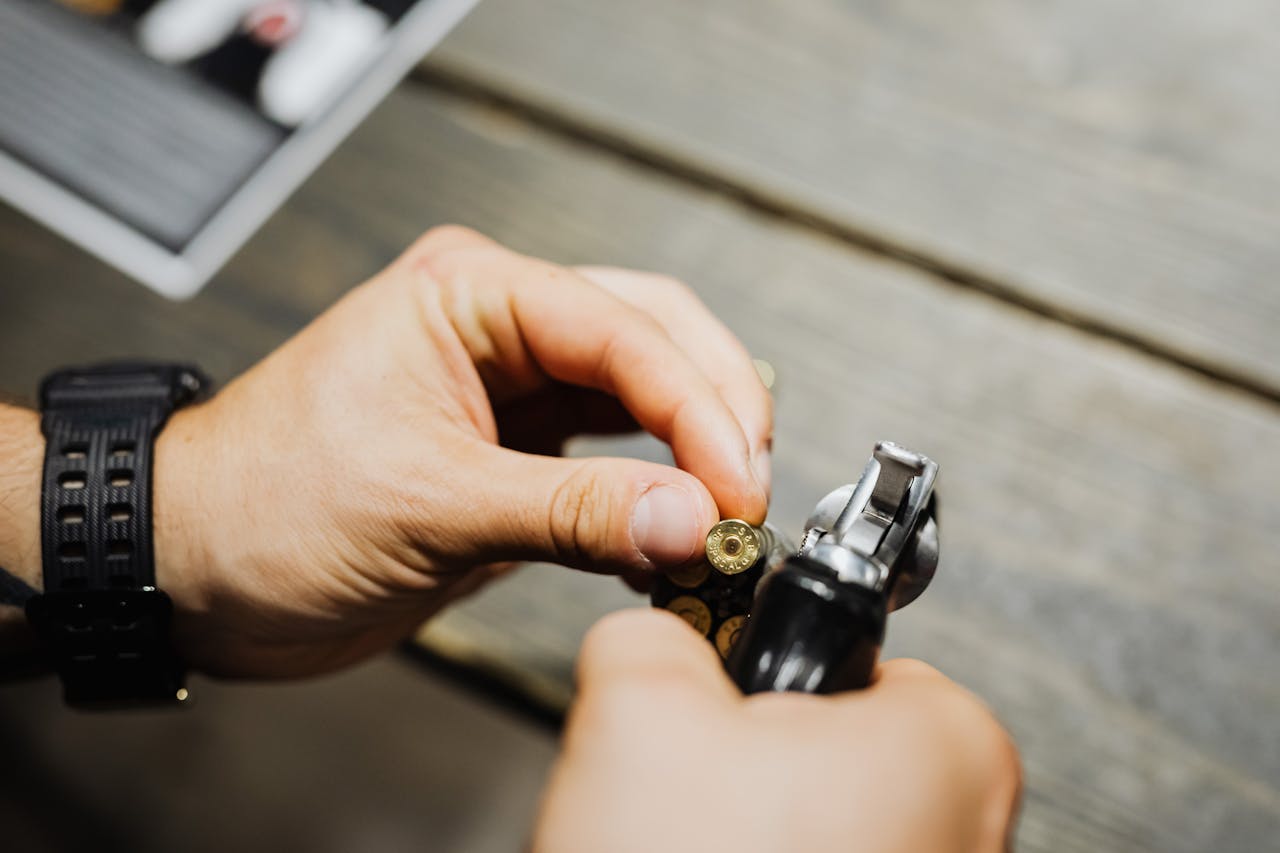What Is the Difference Between Rimfire and Centerfire Ammunition?
The distinction between rimfire and centerfire ammunition lies in the primer’s location and ignition mechanism. This key difference affects the ammunition’s design, performance, and applications.
Design Differences
| Feature | Rimfire | Centerfire |
|---|---|---|
| Primer Location | Integrated into the cartridge rim. | Housed in a central primer cap. |
| Reloadability | Not reloadable. | Reloadable. |
| Durability | Less durable. | More durable. |
How Each Works
- Rimfire: The firing pin strikes the rim of the cartridge, crushing the primer and igniting the powder.
- Centerfire: The firing pin strikes the central primer cap, igniting the powder.
Applications
- Rimfire: Best for small game hunting, target shooting, and training. Ideal for beginners due to its low cost and minimal recoil.
- Centerfire: Preferred for larger game, self-defense, and tactical use due to its higher power and reliability.
For more options to pair with rimfire ammo, explore our selection of rifles.

What Are the Pros and Cons of Using Rimfire Ammunition?
Rimfire ammunition offers unique advantages but also comes with limitations. Understanding these can help shooters make the right choice.
Pros of Rimfire Ammunition
- Affordability: Rimfire cartridges, like .22 LR, are among the cheapest available.
- Low Recoil: Ideal for beginners and youth shooters.
- Versatility: Suitable for hunting small game, pest control, and plinking.
- Lightweight: Easier to carry large quantities.
Cons of Rimfire Ammunition
- Limited Power: Inadequate for large game or long-range shooting.
- Non-Reloadable: Unlike centerfire, rimfire cannot be reloaded.
- Reliability Issues: More prone to misfires due to primer distribution in the rim.
For accessories to enhance your rimfire experience, check out our gun accessories.
How Is Rimfire Ammunition Manufactured?
The manufacturing process for rimfire ammunition is a fascinating mix of precision and efficiency, tailored to its unique primer placement.
Key Steps in Rimfire Production
- Case Formation: Brass is shaped into a thin-walled cartridge case with a hollow rim.
- Priming: The rim is filled with an impact-sensitive priming compound.
- Powder Filling: The case is loaded with a small amount of gunpowder.
- Bullet Seating: The bullet is pressed into the case, completing the cartridge.
Differences from Centerfire Manufacturing
Rimfire cases are thinner and more delicate, requiring greater precision during priming and assembly. This thin-walled design is part of why rimfire is non-reloadable.
Learn more about ammo innovations in our ammo department.
Can Rimfire Ammunition Be Reloaded?
Reloading rimfire ammunition is technically possible but highly impractical due to its design and safety concerns.
Why Rimfire Isn’t Reloadable
- Integrated Primer: The primer compound is in the rim, making it impossible to replace without specialized tools.
- Case Fragility: Thin cases are prone to deformation during firing.
- Safety Risks: Handling primer compounds in the rim can be hazardous.
If you’re interested in reloading, centerfire ammunition is a better option.

